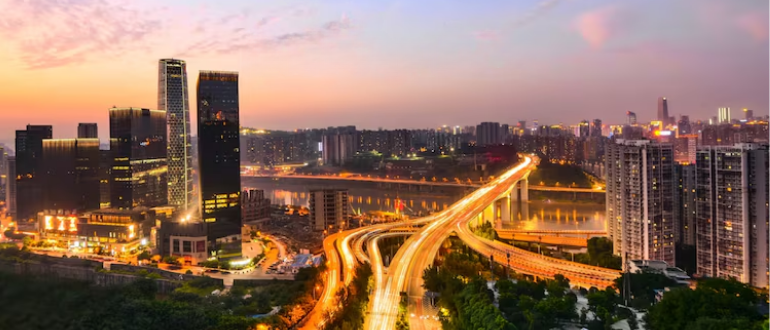In the heart of every Indian city, the daily commute has become a test of endurance. Hours lost in traffic, rising fuel costs, and the mental toll of congestion are now part of urban life. Against this backdrop, the idea of a “15-minute city” sounds almost utopian—a vision where everything you need, from schools and shops to parks and clinics, lies within a short walk or cycle ride from home.
The concept, first popularized by urban planner Carlos Moreno in Paris, champions proximity over sprawl. Its promise is simple: by shrinking distances, we expand quality of life. But can this model, born in European contexts of density, infrastructure, and governance, take root in the complex, layered fabric of Indian cities?
The short answer is, it’s possible, but not without reimagining what “15 minutes” means in the Indian context.
Proximity vs. Accessibility
In Indian cities, proximity does not always equal accessibility. A grocery store may be 500 meters away, but reaching it might mean crossing a chaotic highway without a footpath. Public spaces may exist, but be unsafe or poorly maintained. For the 15-minute city to work here, physical closeness must be matched with safe, inclusive, and usable infrastructure.
Urban designers argue that Indian cities already possess the DNA for this model. Historically, older city cores, from Ahmedabad’s pols to Chennai’s agraharams were designed around walkability and mixed-use clusters. Narrow lanes, community markets, and shared courtyards created inherently sustainable ecosystems. The challenge today is reviving that intimacy within the chaos of modern expansion.
The Indian Interpretation
Instead of replicating Paris or Barcelona, Indian planners are redefining the model through local logic. In cities like Pune, Chennai, and Ahmedabad, pilot projects under the Smart Cities Mission have focused on creating self-sufficient neighbourhoods through micro-infrastructure upgrades, revived footpaths, shaded cycle tracks, and accessible public amenities.
In Mumbai, the Development Plan 2034 includes a “compact city” approach to promote mixed-use zoning, where housing, workspaces, and retail coexist within walking distance. Bengaluru’s suburban townships, too, are experimenting with integrated developments that bring offices, housing, and recreation together, reducing commute time for residents.
However, experts caution against viewing the 15-minute city as a purely physical plan. It must also account for India’s socioeconomic diversity. For millions who rely on informal livelihoods, like, street vendors, domestic workers, delivery staff, the city’s edges are workplaces, not homes. Designing a 15-minute city for them means ensuring affordable housing close to job hubs, not pushing them farther away in the name of decongestion.
Technology as an Enabler
Digital infrastructure is emerging as the invisible spine of India’s urban transformation. With the rise of e-commerce, telemedicine, and remote work, access is being redefined. A 15-minute city may not mean every service exists physically nearby, it could mean digital access supported by local delivery and mobility networks.
In Gurugram and Hyderabad, developers are integrating co-working hubs, EV charging points, and last-mile shuttle services within residential communities. Startups are partnering with municipal bodies to map public amenities and identify “mobility deserts”, areas underserved by public transport. Such data-driven planning is key to making the 15-minute ideal work in practice.
The Road Ahead
Building 15-minute cities in India will require collaboration between planners, developers, and citizens. It means investing not just in roads, but in relationships, between land use, transport, and social equity. The model must adapt to India’s unique rhythms: shared mobility, mixed land use, and vibrant street economies.
If done right, it could transform how Indians experience their cities, not as exhausting sprawls but as connected ecosystems where life unfolds within reach. The future of Indian urbanism might not be about faster cars or taller towers, but about rediscovering the simple joy of living closer to what matters.













